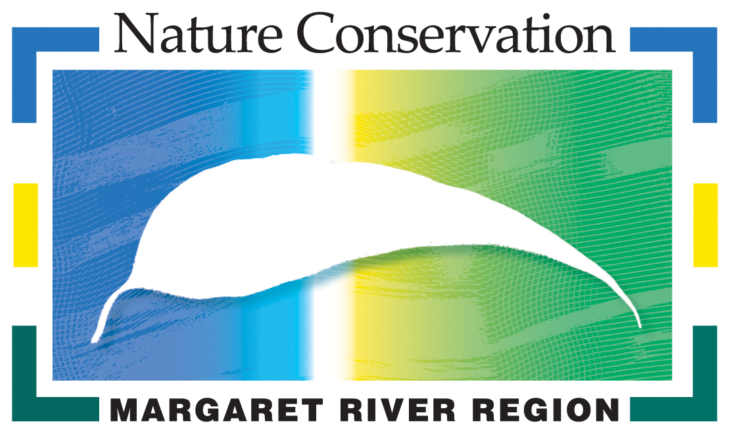Grab your friends and family and help Nature Conservation count Western Ringtail Possums for the 8th annual Ringtail Tally. The surveys can be carried out in your garden, on your property or in a nearby bushland reserve – and with Western Ringtail Possums listed as critically endangered, every survey counts! Register HERE.
The Tally aims to improve our knowledge and awareness of Western Ringtails living in urban areas. Citizen scientists are encouraged to record sightings of possums at the same location between April 9 and May 10, with the results are then shared with the wider community and recorded on the WA Threatened Species Database.
It’s estimated that the remaining population size in the wild is less than 8,000 mature individuals, with a decreasing trend. Recent research predicts there is a very high chance Western Ringtails could be extinct within 20 years if action to protect populations and their habitat isn’t enacted immediately.
Lyndsey Cox, the Research and Citizen Science officer at Nature Conservation, said: “The Ringtail Tally is a brilliant way to get involved with science on your doorstep. It’s really easy to take part and every record really does count by adding to our understanding of where the critically endangered Western Ringtail Possum or ‘Nguraren’ is found across the South-West.”
Ms Cox said ringtails, which are regular garden visitors in the Margaret River region, are smaller than the more common Brushtail possum and can be identified by the long thin tail with a white tip. “Western Ringtails use fence lines and trees to travel from their drey or nest to a favourite feeding spot. All you need to spot these engaging animals is a head torch and a bit of patience,” she said.
Data from the Tally is used as a reference for population trends, future planning decisions and conservation projects, and the tally becomes more valuable each year it’s repeated. Now in its 8th year, the Tally has expanded beyond the original Geographe Bay Catchment area and now Nature Conservation Margaret River Region, Leschenault Catchment Council and Wirambi Landcare all help run it.
This project is delivered by Nature Conservation Margaret River Region, through funding from the Australian Government’s National Landcare Program, in partnership with South West Catchments Council, and Shire of Augusta Margaret River through the Environmental Management Fund.
About NCMRR:
NCMRR is an independent, community-based, not-for-profit organisation. The leading environmental group of the region, it works to combine the grassroots support of the regional community with sound conservation science and pragmatic policy to achieve sustainable environmental outcomes.
For interviews and more information contact:
Lyndsey Cox, NCMRR. 0410 938 841 or lindsey.cox@natureconservation.org.au
